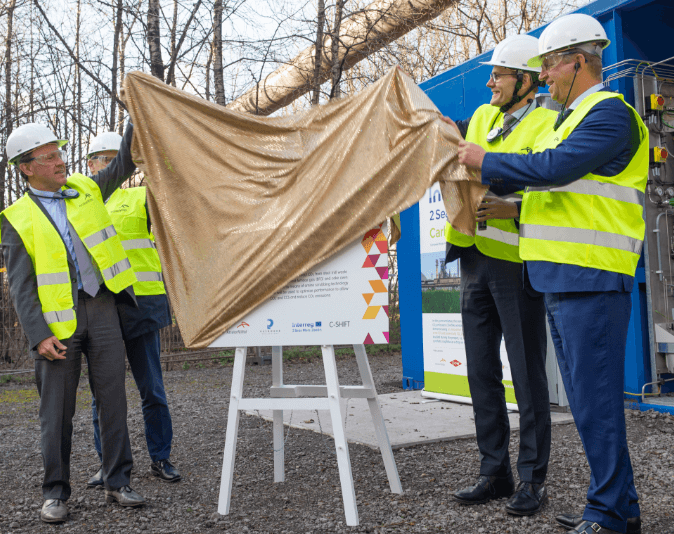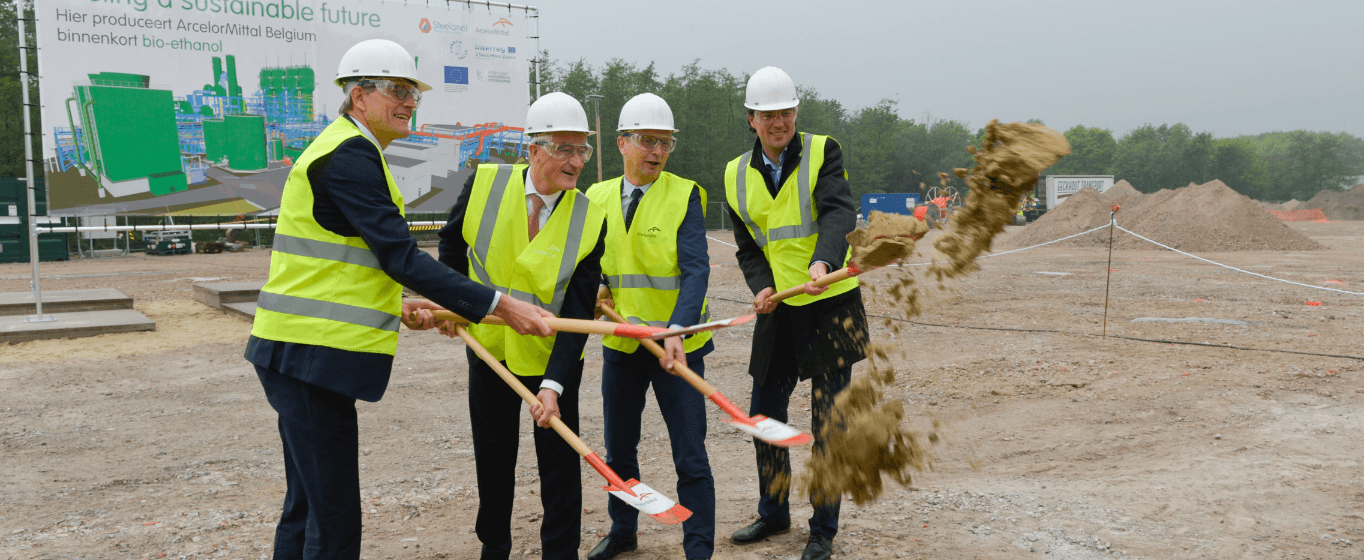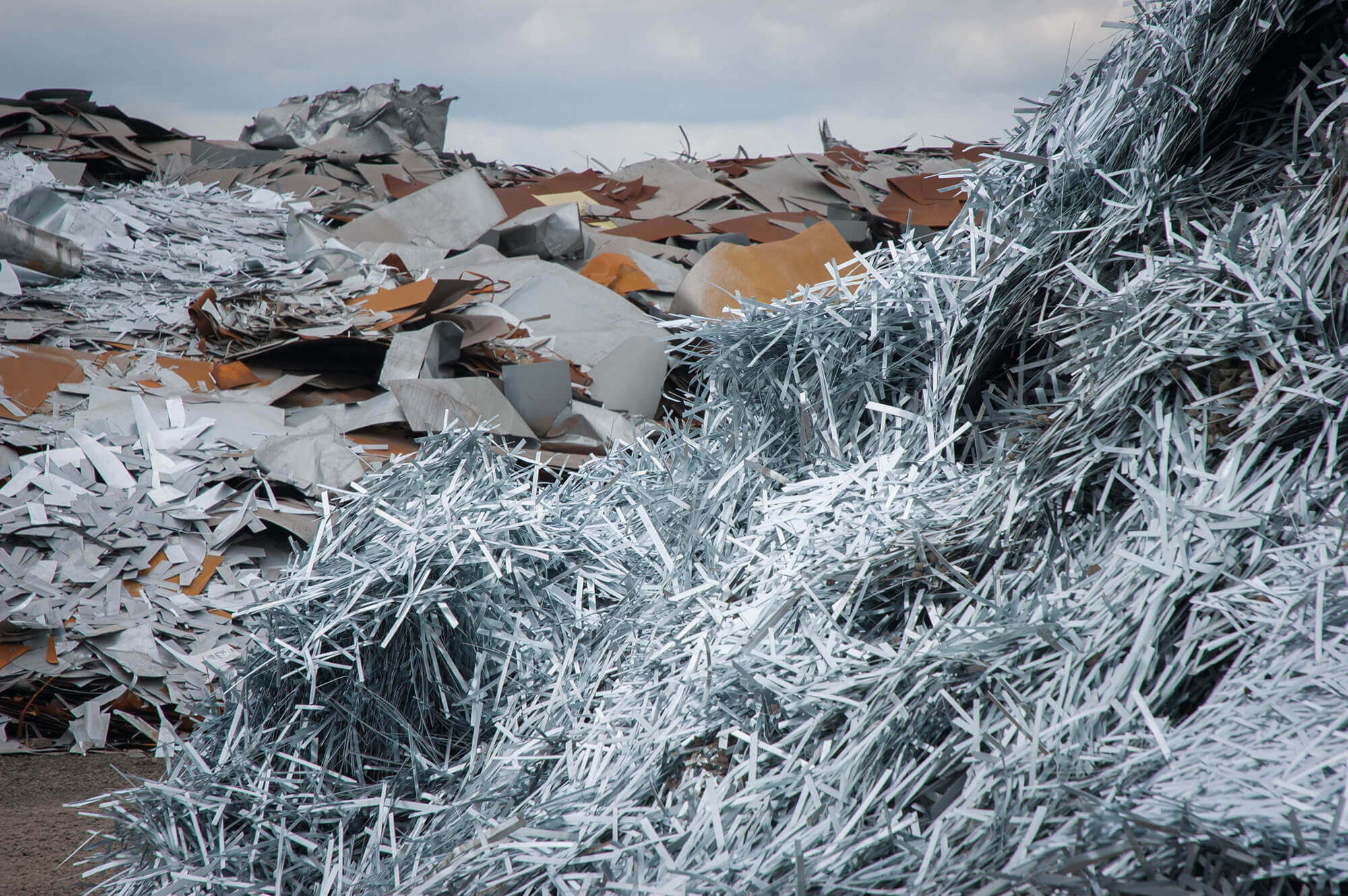04 The efficient use of natural resources and high recycling rates

Our environmental care
Our environmental care
“We continue to improve environmental care at all levels of our organisation.”
Since 2001, we have an environmental management system in place that meets the requirements of the international standard ISO 14001. The environmental management system compels us to tackle our environmental care in a structured manner, starting with the identification of the main environmental aspects that command our attention. Each year, our environmental care system undergoes an audit by an external independent organisation that establishes whether we continue to meet all the requirements and whether we continue to improve in terms of environmental control. The ISO 14001 certificate constitutes a guarantee to all external stakeholders, such as local residents, surrounding businesses, local authorities, suppliers and customers, that ‘corporate sustainability’ and ‘sustainable business practices’ are not empty words to us.
First collective ISO 14001 certificate for the ArcelorMittal Belgium cluster
11/‘18
follow-up audit ISO 14001 at ArcelorMittal Gent
12/‘18
certification and extension audit ISO 14001 for ArcelorMittal Liège
01/‘19
ISO 14001 certificate officially granted to the entire ArcelorMittal Belgium cluster
18 March 2019
Amines separate CO & CO2 for further processing
On 18 March 2019, ArcelorMittal Gent and Dow (Terneuzen) announced that they were working with various partners on an innovative technology to chemically separate CO and CO2 (with amines) from the steel making process gases. The project was named "Carbon2Value".
The pilot installation was installed on our Ghent site in 2018. After inspection and an extensive testing phase, the pilot programme was started in the spring of 2019. The official inauguration of the pilot installation took place on 18 March 2019 in the presence of Philippe Muyters, Flemish Minister of Work, Economy, Innovation and Sport.
“Our Carbon2Value project is a good example of a cross-border industrial symbiosis between the steel industry and the chemical industry to reduce CO2 emissions.”

2 May 2019

On Thursday 2 May 2019, in the presence of Flemish Minister-President Geert Bourgeois, the first shovel hit the ground on the construction of two new ground-breaking installations to further reduce ArcelorMittal Gent‘s carbon emissions.
Blast furnace gas becomes bioethanol
Part of the CO that we separate through our Carbon2Value pilot plant will be converted into bioethanol via the Steelanol plant, to be used as a fuel for transport or for the production of plastics.
“Our Steelanol plant will be the first industrial plant of its kind in Europe, with an annual production of 80 million litres of bioethanol.”
This technology, licensed by the American company LanzaTech, with whom we have formed a partnership, uses carbon monoxide-fed microbes to produce bioethanol. The Steelanol plant is expected to be commissioned and start production by 2020.
Processing waste wood into biocarbon
The Torero plant will transform waste wood into biocarbon to be used in our blast furnaces. This allows us to reduce the injection of fossil pulverised coal into the blast furnaces, thereby reducing CO2 emissions. This also offers an alternative to the current process of incinerating of this waste stream.
“In its initial phase, the Torero plant will convert 120,000 tonnes of waste wood into approximately 50,000 tonnes of biocoal every year.”
The technology of the torrefaction process has been developed by the company Torr-Coal, the waste wood will be supplied by Renewi. Commissioning and initial production are expected by the end of 2020.




